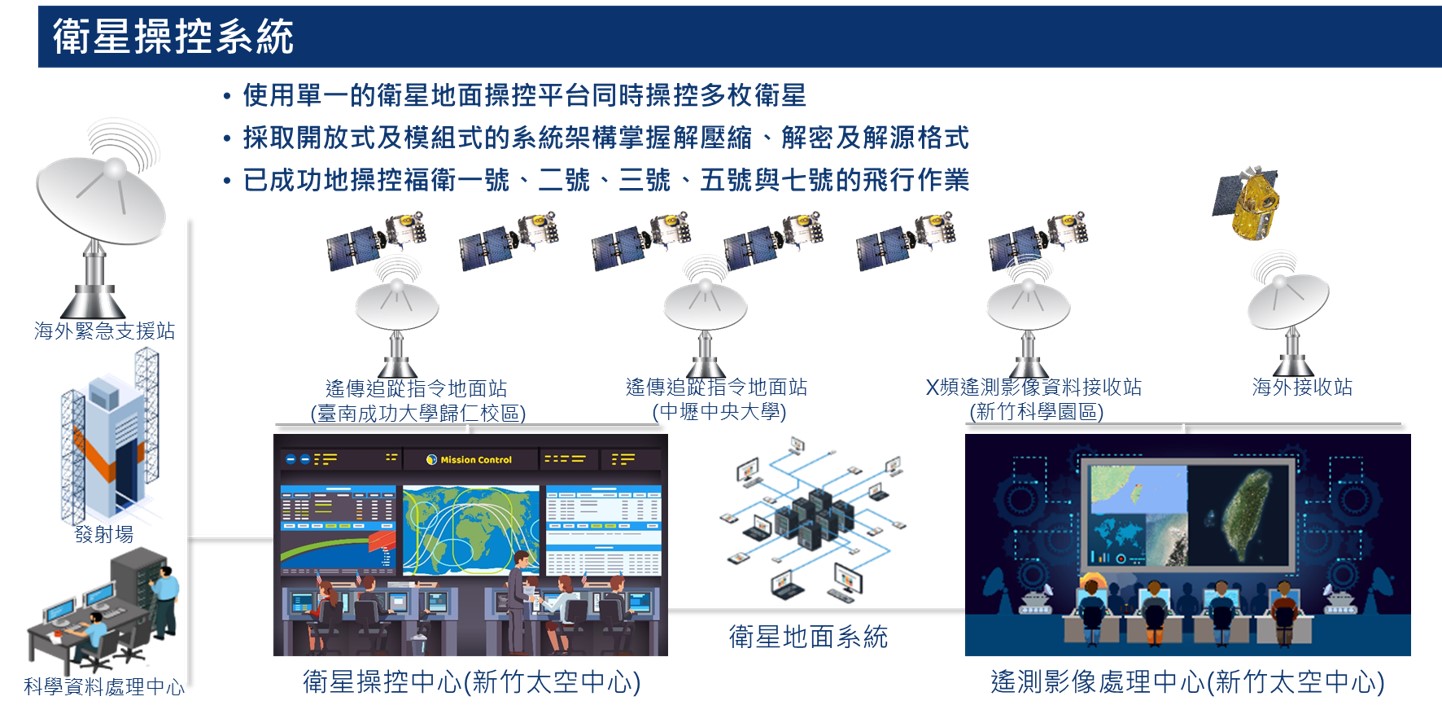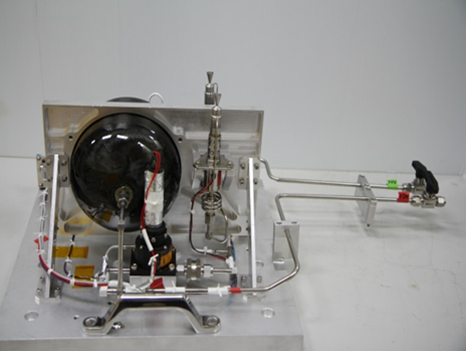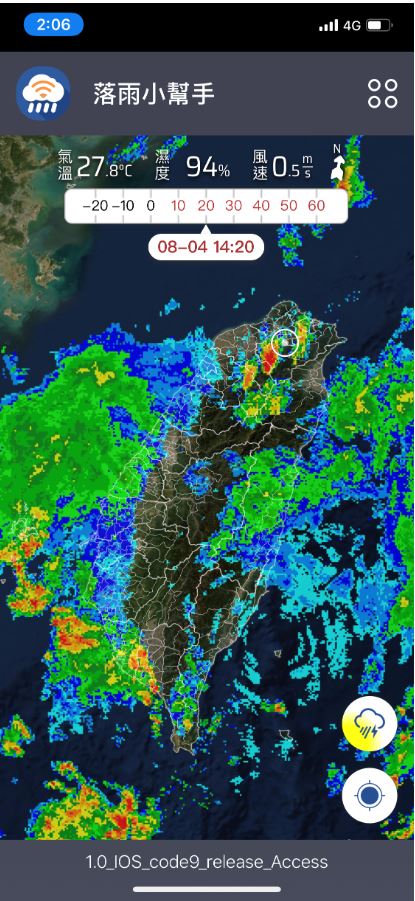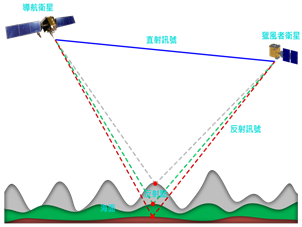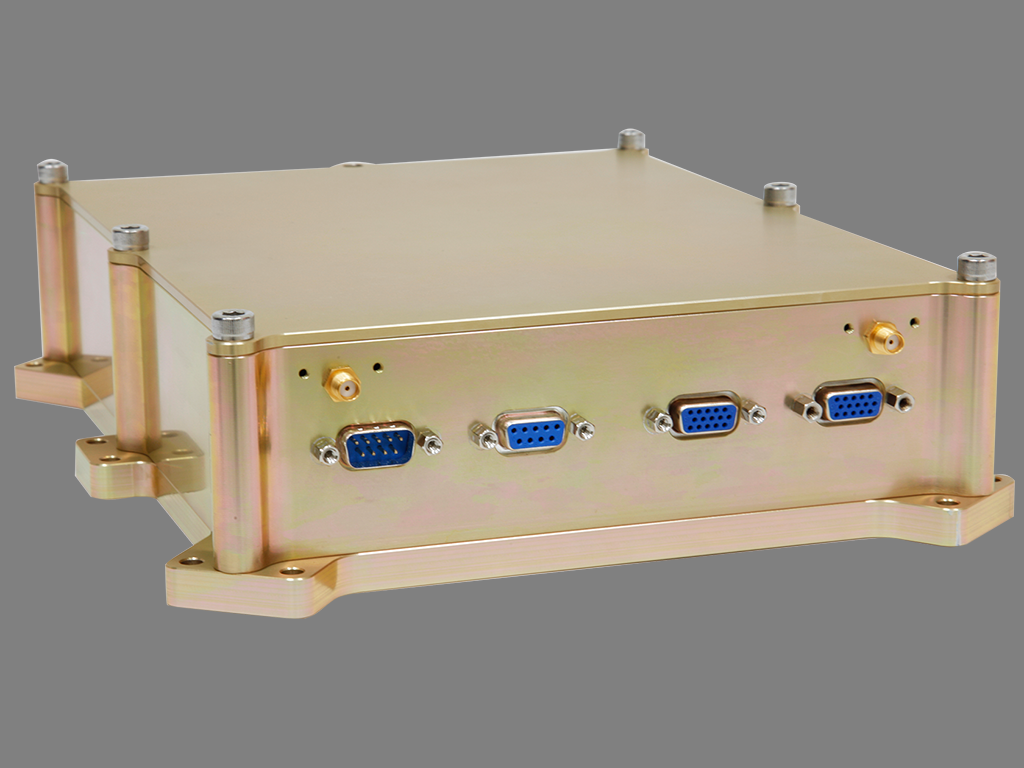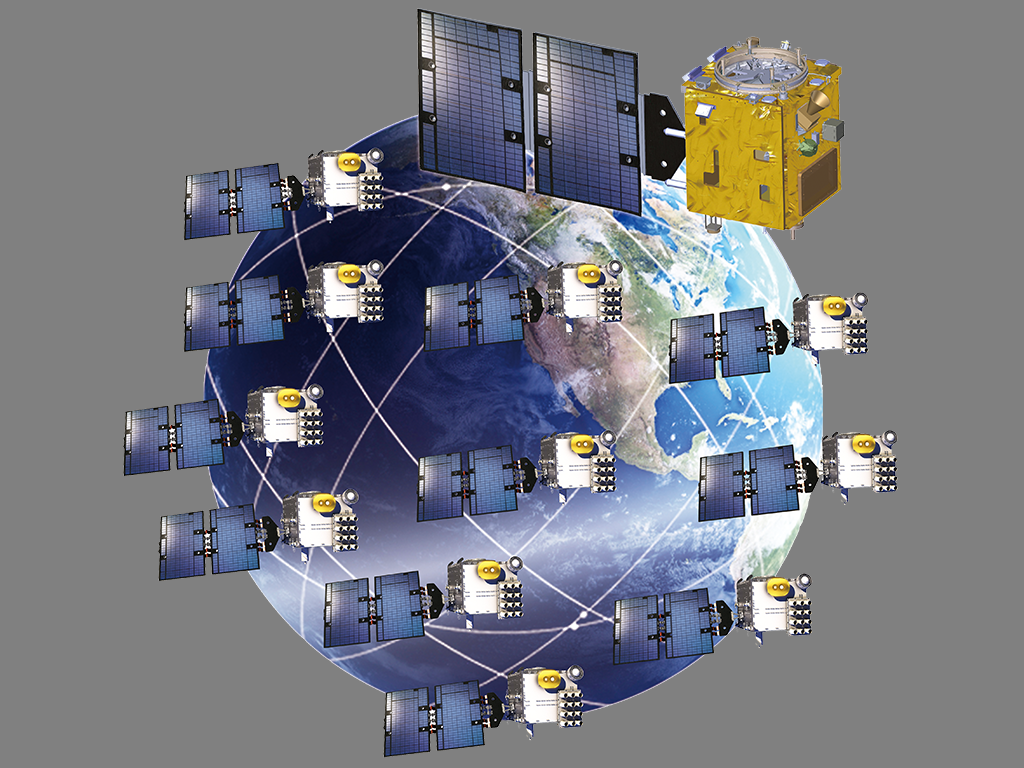| Technical Name | FORMOSAT-7R Satellite Mockup | ||
|---|---|---|---|
| Project Operator | National Applied Research Laboratories | ||
| Summary | The Formosat-7 program is a large-scale science and technology cooperation between Taiwan and the United States with a significant effect on reinforcing bilateral diplomatic and sci-tech exchanges. It complies with the government’s foreign policy to expand multifaceted cooperation with the US, Japan, European and South Asian countries. Based on the agreement between TECRO and AIT signed in 2000, both governments authorize Taiwan’s NSPO and US’s NOAA to run a collaborative program, the FORMOSAT-7/COSMIC-2 whose observation data can be integrated into the existing numerical forecasting system of the Central Weather Bureau to enhance accuracy of daily and severe weather forecast (typhoon path and rainfall). The Taiwan Typhoon and Flood Research Institute (TTFRI), NARL simultaneously engages in the research and technological development of occultation data application. Its relevant research achievements will serve as important reference and decision-making basis for prevention and control of emergent disaster by the National Science & Technology Center for Disaster Reduction (NCDR) under the Executive Yuan. |
||
| Scientific Breakthrough | 衛星任務軌道:高度600公里、傾角72度 |
||
| Industrial Applicability | 衛星產業包含衛星系統商外(例如美國的Boeing、Lockheed Martin,歐盟的Thales Alenia、Airbus),也包含提供衛星元件的廠商(例如美國的Goodrich,歐盟的Jena-optronik)。近來由於微衛星與立方衛星任務的蓬勃發展,產生了大量衛星元件之需求。太空中心在福衛五號與福衛七號兩個衛星任務發展期間,同時發展了許多衛星元件,例如但不限於,遙測任務酬載、GNSS-R任務酬載、衛星電腦、電力控制單元、GPS接收機、光纖陀螺儀、過氧化氫推進模組等。目前也規劃發展星象儀、微機電慣性參考元件、X-band通訊模組、SAR任務酬載、太陽能發電模組、衛星電池組等。太空中心在福衛五號與福衛七號衛星順利發射後,將擁有許多有飛行傳承(Flight Heritage)設計的衛星元件,將有助於國產衛星元件技術提升與銷售,有助於建立國內衛星產業。 |
||
other people also saw

